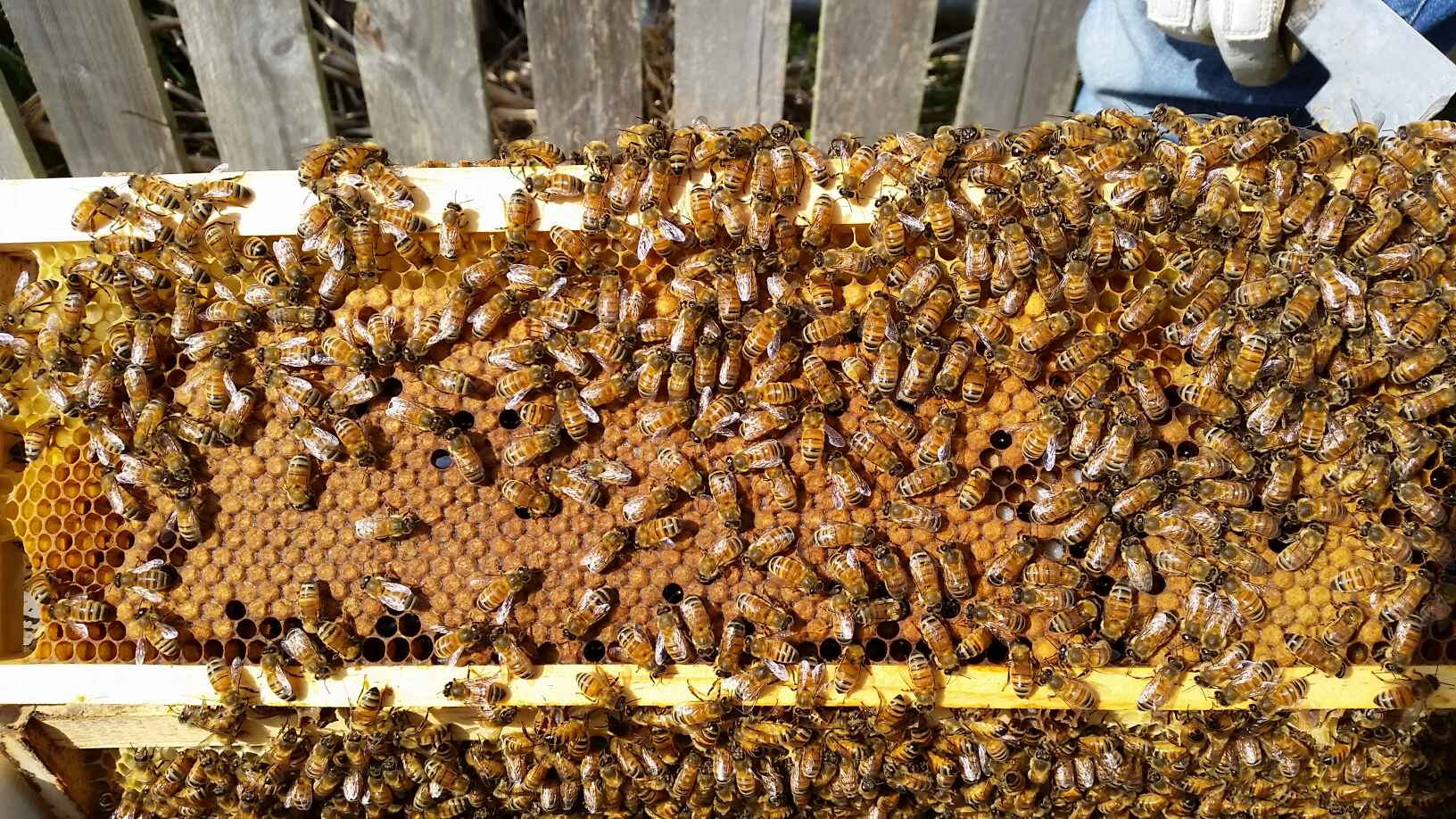All Those Bees!
/Bees, bees, bees
I’ve had several calls from concerned beekeepers wondering why they have masses of bees when they know things are often slowing down before winter. This is not unusual when we do the mathematics.
So the longest day of the year was a few days before xmas and the queen would have been laying the maximum number of eggs. If there are spare cells as well as plenty of pollen and honey she may lay up to 3,000 eggs per day. Given they take about three weeks before hatching, then there are many new house bees about three weeks after that (mid January), then many more forage bees about three weeks after that, (early February). So while she is now slowing down her egg laying, the bee population is still very large from 6-8 weeks ago when she was laying abundantly.
We are at the colony cycle where the bees are in their largest numbers. So with warm weather and lots of good food about, the bees will be numerous and busy. Added to this. Bees can markedly increase their activity if they know a low pressure cell is approaching, so keep an eye on barometric readings. They can sense this change well before we see the signs, and will be coming and going with much earnest.
It’s easy to mistake a thriving colony like this with robbing or wasp attack or over-heating hives. Your careful observation at the entrance will help work out what is happening. In the meantime don't be too hasty in reducing the entrance as they need a good entrance to allow for such heavy traffic. Enjoy the fact the bees are at the peak of their season right now and are making preparations for their winter-over ie maximum bee numbers, maximum stores and minimum disease to keep the colony thriving through the cold months.
Happy beeking!


